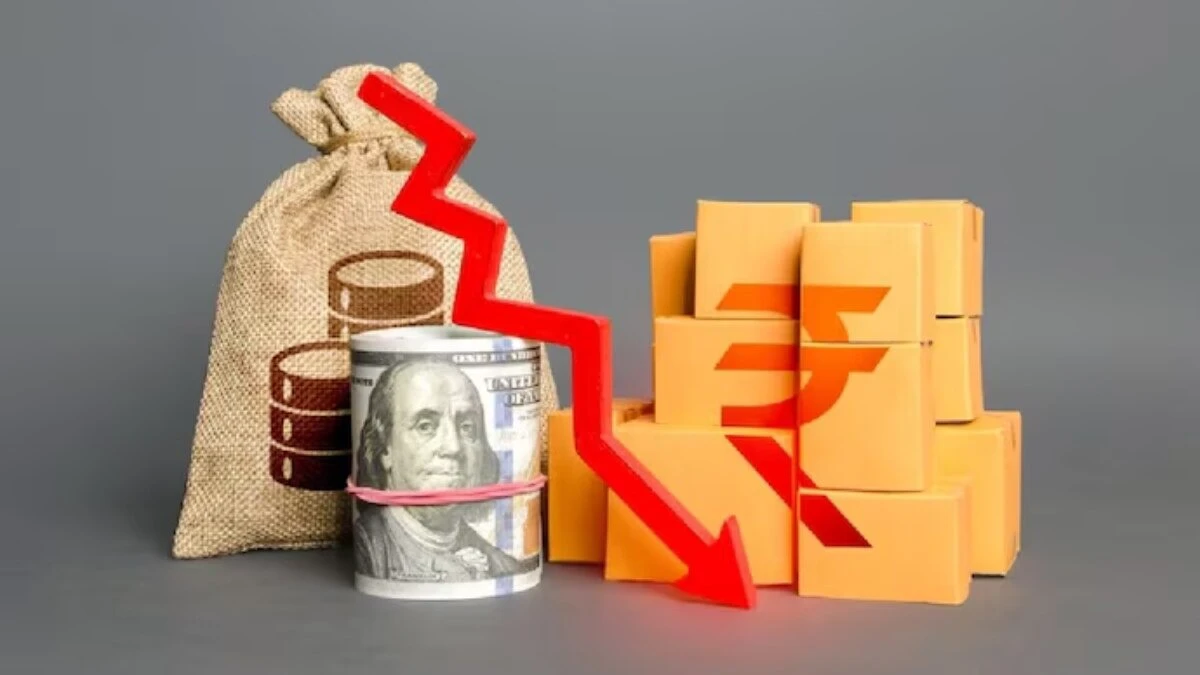The US dollar, long considered the world’s financial anchor, is losing some of its shine. Having dropped nearly 11% in early 2025-its sharpest fall in over half a century-the greenback is expected to slide another 8-10% by 2026, according to a Reuters poll of foreign exchange strategists.
While this trend may feel distant to most Indians, the ripple effects of a weakening dollar can be surprisingly close to home-shaping prices, travel costs, corporate profits, and even investment returns.
The dollar’s decline stems from a combination of rising U.S. fiscal deficits, growing concerns about Federal Reserve independence, and a shift in global investor sentiment. Investors have been diversifying into other major currencies and hard assets such as gold, which has surged over 47% this year, hitting record highs amid safe-haven demand.
Foreign funds are trimming exposure to U.S. assets and adding hedges, amplifying dollar weakness. Even a 3.2% rebound in July couldn’t reverse the long-term downward trend. According to Morgan Stanley Research, the dollar’s 15-year bull run has officially ended, and further depreciation is likely through 2026.
India’s currency equation
For India, the situation is more nuanced. Despite the dollar’s global weakness, the Indian rupee has not strengthened significantly. Instead, it has come under pressure from tariffs, import costs, and domestic economic factors.
“While a weaker dollar globally should, in theory, benefit India by lowering import bills, the rupee’s relative weakness and rising trade barriers have limited that relief,” explained CA Nitin Kaushik, a financial analyst.
How it affects investors
1. Imports and prices
India imports key goods-electronics, crude oil, coffee, machinery-mostly priced in dollars. A weaker dollar usually helps by reducing import costs. However, with the rupee depreciating, the benefits have not fully reached consumers. Prices of imported goods may continue to inch higher, contributing to import-driven inflation in everyday items.
2. Travel and overseas education
A falling dollar typically makes foreign travel and education cheaper for Indians. But the rupee’s own slide has offset much of that advantage. Students and travelers have seen expenses rise 15-20% compared to last year. Experts advise booking early and budgeting for currency fluctuations.
3. Corporate impact
Indian exporters, especially in IT, textiles, and pharmaceuticals, tend to gain when the rupee weakens because dollar revenues convert into more rupees. However, U.S. tariffs and slower demand have narrowed those gains. In contrast, companies dependent on imported materials are facing rising input costs, some of which are being passed on to consumers.
4. Inflation and investments
Persistent import cost pressures can nudge inflation higher, subtly impacting groceries, gadgets, and fuel. Investors should look to hedge portfolios by diversifying into export-oriented stocks, gold, and global mutual funds. Sectors tied to foreign debt or heavy imports may lag amid volatility.
5. Navigating the Currency Swings
For individuals, currency shifts can also mean opportunities. Freelancers, IT professionals, and exporters earning in dollars or euros may see higher effective incomes as the rupee weakens. Meanwhile, travelers and luxury shoppers should plan for higher costs on imported goods.
What investors should note
A falling U.S. dollar doesn’t guarantee a stronger rupee. India’s economic landscape-shaped by tariffs, inflation, and trade dynamics-adds layers of complexity. For investors and consumers alike, the key is to stay alert, diversify smartly, and make timely financial decisions.
As Kaushik summed it up: “Global currency moves can feel distant, but their effects are real-from your petrol bill to your portfolio. Awareness and agility are the best hedges against uncertainty.”
